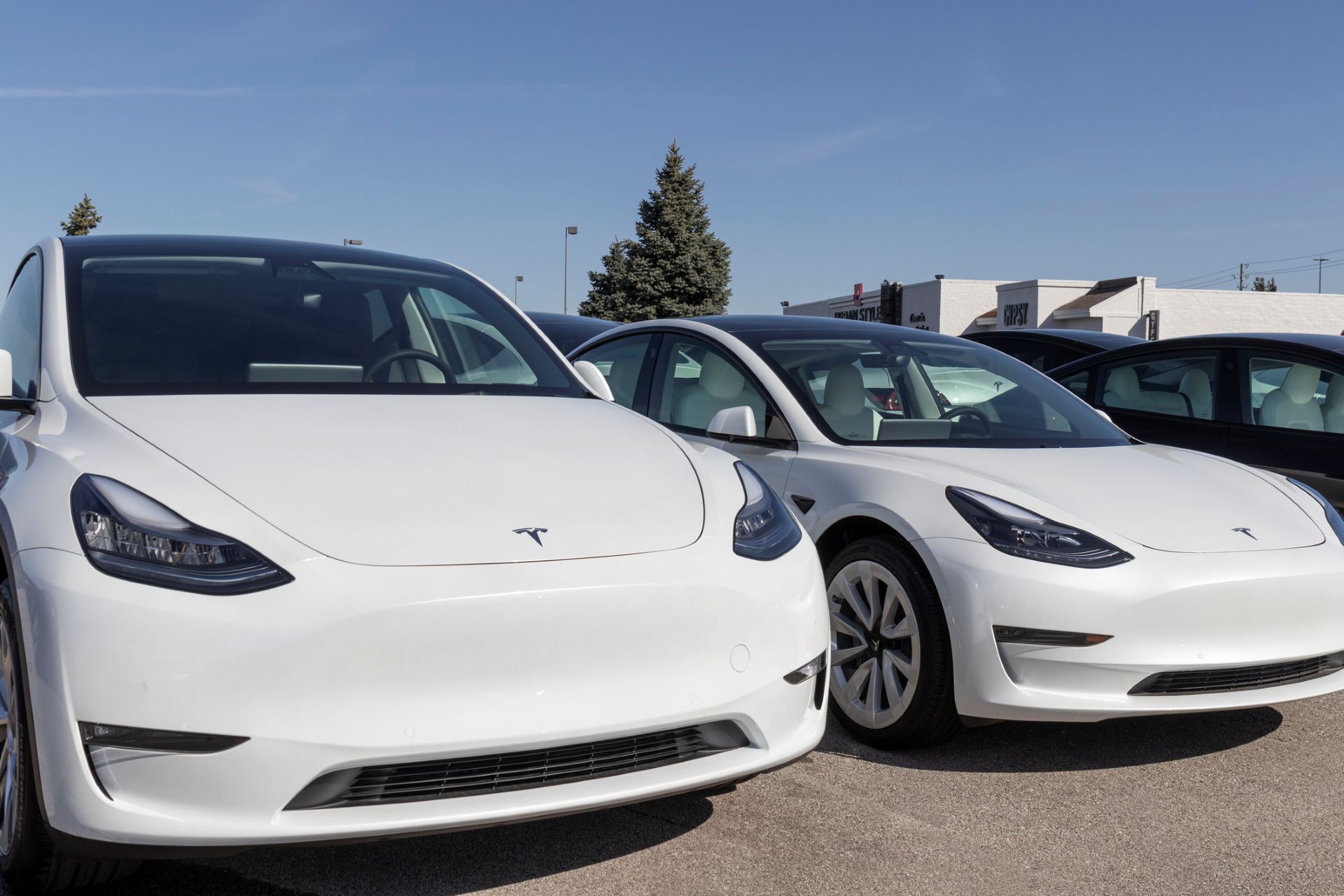According to a recent survey, an increasing number of Americans now believe that EVs are no better for the environment than gas cars — despite the growing evidence that they're in fact much, much better.
It's a good reminder that there's plenty of dissonance out there, which we've been tackling in our four-part series on the biggest EV myths (you can check out the first, second, and third parts first).
This week, we're looking at misconceptions about what EVs cost — both in terms of our wallets and the environment.
Myth No. 13: EVs are only for rich people.

The claim: You need to be wealthy to buy an EV because they're so highly priced.
The truth: Historically, as with any new tech selling in low numbers, EVs have been more expensive than ICE cars. According to Kelley Blue Book, the average transaction price for an EV in August 2024 was $56,575, compared to ICE cars at $47,870.
In general, EV prices are falling, and that's leaving aside the Chinese EV-makers' sniffing around for ways to get their seriously low-cost cars into the U.S. market.
A 2023 Chevrolet Bolt, for example, will start at $26,500, and a 2024 Nissan Leaf from $28,140. A 2024 Hyundai Kona Electric SE will cost you $34,050. And don't forget the tax credits — $7,500 for cars assembled in North America with qualifying components, and for used EVs, either a max of $4,000 or 30% of the price of the car.
Myth No. 14: EVs depreciate too fast

The claim: Your EV resale value is awful, and you're seeing your money evaporate.
The truth: Right now, this isn't actually a myth. And it means there's never been a better time to buy a used EV.
A combination of falling prices for new EVs, rental companies keen to offload their hastily-bought electrified fleets, and leaps in tech for new EVs all mean that used EV prices are surprisingly low.
Some early nervousness around resale values were because of EV batteries' depreciating over the long term, a problem far less true of recent EVs. Another factor is that EVs have historically been a luxury item, and expensive cars usually depreciate faster.
Tesla, too, must take some blame: They've dominated the market, and now, with cheaper models, people simply won't pay too much for a used one.
What should you look out for when buying a used EV? Start by checking the original range of the car you're considering. Losing 10% of your range on a car that does 300 miles isn't so bad for most people, but if you're looking at a model that, at best, wasn't getting much more than 100 miles per charge, it's a factor.
Myth No. 15: It takes 50,000 miles for an EV to 'break even' environmentally

The claim: Because of the pollution associated with making EV batteries, it takes 50,000 miles of use for an EV to repay its "carbon debt."
The truth: Yes, making batteries is a dirty business, so if you're counting carbon, an EV has a higher up-front cost to be paid back due to the manufacturing process. And as with most persistent myths, there's an element of truth: Building an EV creates around 11 tons of carbon dioxide emissions, compared to an average of 6.6 tons for an ICE-powered sedan.
But the 50,000-mile figure is fiction. The truth depends on the power grid, which is becoming greener every year. A good estimate for now is that it's around 12,000 miles before you've "repaid" the extra environmental cost. And from then on, you're contributing to the net good.
Myth No. 16: Cobalt mining is too unethical

The claim: Most EV batteries need cobalt, but around two-thirds of the world's cobalt comes from the Democratic Republic of Congo, where human rights abuses, environmental damage, and poor health and safety rules are often cited.
The truth: The majority of the DRC's cobalt mining is from industrial mines. But plenty is mined by hand in small, unregulated mines, and that's where the issues lie. So yes, cobalt mining is an issue.
The opportunity is that industry standards come under scrutiny, and we use this chance to move away from cobalt in the near future. Tesla has already started. In 2022, it reported that around 50% of its new cars were using cobalt-free lithium-iron-phosphate batteries. And more broadly, cobalt-free sodium-ion batteries are emerging, particularly by Chinese EV-makers.
Join our free newsletter for weekly updates on the latest innovations improving our lives and shaping our future, and don't miss this cool list of easy ways to help yourself while helping the planet.









